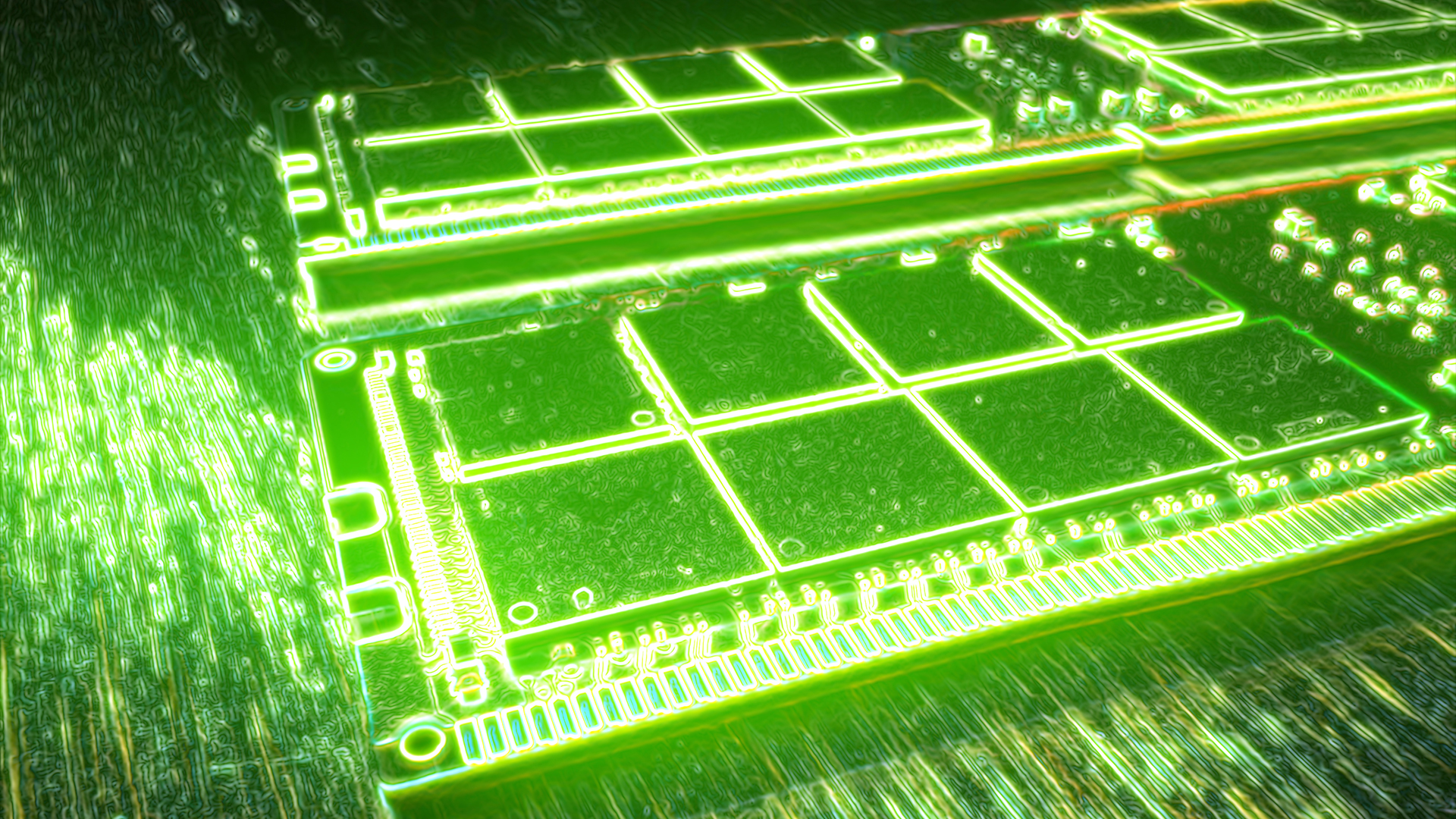
Scientists have discovered a new mechanism in which a concentrated laser beam can change the magnetic state of a solid material. The finding could one day be harnessed in ultrafast computing memory, the researchers say.
The scientists formulated a new equation that describes the link between the amplitude of the magnetic field of light, its frequency and the energy absorption properties of a magnetic material. The scientists published their findings in a study on Jan. 3 in the journal Physical Review Research.
The equation is "completely new and also very elemental," study co-author Amir Capua, a physics professor at Hebrew University of Jerusalem, told Live Science.
Although the discovery builds on the field known as "magneto-optics," this represents a new paradigm because scientists didn't previously understand that the magnetic component of a rapidly oscillating light wave can control magnets, he said. The equation describes the characteristics of this interaction.
Computer memory uses miniature electromagnets that are magnetized with voltage to enable the binary states of "on" or "off" to encode data, which are read and reinterpreted by a processor as 1 or 0.
The most common computing memory, like those found in laptops or phones, comes in the form of dynamic random access memory (DRAM). This is volatile, meaning when power is switched off, all data held is lost, but it's easier to engineer, uses common materials and has low error rates — and those few errors are easy to detect and fix.
The new finding is more relevant for a technology called magnetoresistive random access memory (MRAM), which is a non-volatile memory more commonly used in spacecraft as well as military and other industrial applications, according to MRAM-info.
Interaction between a magnetic material and radiation is well established when they are in equilibrium, but less is known about this relationship when they are not in equilibrium. It's also an area that overlaps with the weird laws of quantum mechanics, which are being harnessed to build quantum computers.
"We've arrived at a very elementary equation describing this interaction. It lets us completely reconsider optical magnetic recording and navigate our way to a dense, energy-efficient, cost-efficient optical magnetic storage device that doesn't even exist yet," Capua said.
Previous efforts to use the magnetic component of a light beam to flip a magnetic bit in this way were not effective, Capua said. But the new equation could help researchers to successfully incorporate the mechanism, he said.
In the far future, this technology could lead to MRAM components that are faster and more efficient than today's state-of-the-art RAM units, he added.
Optical cycle times (the time for an optical electromagnetic wave to complete an oscillation, in megahertz) in the technology could be a million times faster than in conventional memory. Electrical cycle times operate on nanoscale timescales (a second is 1 billion nanoseconds) whereas typical optical beams work in picoseconds (a second is 1 trillion seconds).
It may also one day lead to quantum memory for quantum computers, in which a beam of light can fix a magnetic bit in neither 0 nor 1 but a superposition of the two states — much like how qubits work in quantum computers. Even though that's beyond the precision engineering of today, Capua said his team's findings could lead to the discovery of materials that could one day be used in such technology.
It can also make digitized memory systems more energy-efficient by giving the device more control over the strength and duration of the light beam and its effects. "The duration of the optical beam and its energy can be chosen to reduce the writing power. Obviously, when the device is idle it doesn't consume any energy since magnetic memories are nonvolatile," he said.







